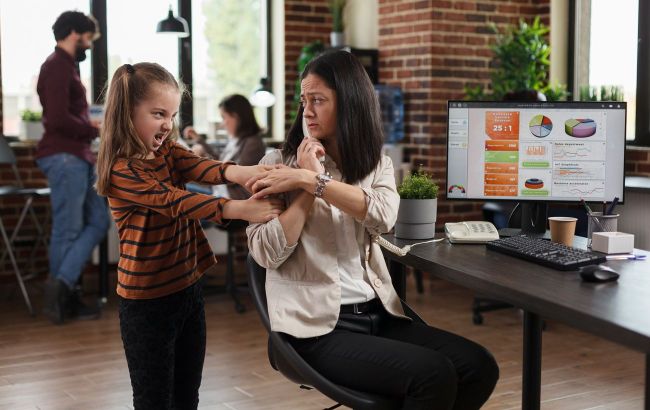Worst popular phrase parents shouldn't say to their child
 Illustrative photo (Freepik)
Illustrative photo (Freepik)
Every child experiences anxiety and nervousness at times, especially younger children, who often find these moments particularly challenging. When a child panics, most parents resort to a common phrase that should actually be avoided, according to CNBC.
What phrase parents should avoid saying to children
Rachel Romer, CEO of an education support company and a mother of two, suggests that the best way to help a child calm their anxiety and panic is to model calmness yourself.
"I’m in the middle of parenting two little 4-year-olds, and I think about when they are anxious, saying ‘calm down’ is about the worst thing you can tell a 4-and-a-half-year-old," she explains.
The phrase "calm down" doesn’t validate the child’s emotions or help them understand their feelings, and it can even come across as dismissive. Managing emotions like anxiety is a complex task.
Back in 2014, an article in the Journal of Experimental Psychology found that 80% of people tell others to "calm down" when they are anxious. However, this doesn’t help them relax or reduce their anxiety.
Psychologist Adam Grant explained that we shouldn't use that phrase because "we all know anxiety is an intense, highly activated emotion, and it doesn’t just go away".
How to help your child cope with anxiety
Psychologists recommend two simple exercises that can help a child manage anxiety. First, practice breathing together.
"Sometimes, without even telling [your kids] you’re doing it, if you start to sync your breathing with them … you create that space for them to work through their emotions subconsciously," says Romer.
This practice can also work for adults. In yoga classes, breathing techniques like "box breathing" and "tactical breathing" are often taught.
"Anxiety is a very contagious emotion. Calm is also contagious," psychologists highlight.
They stress that these methods "prepare your physiology" and allow you to relax in the moment. It actually shifts your physiology from the sympathetic nervous system’s stress and anxiety mode to the parasympathetic system’s relaxation and recovery mode.
The second exercise is to reframe anxiety as positive excitement.
"What [researcher] Wood Brooks found was, instead of trying to calm down, it was easier to reappraise anxiety as excitement and say, ‘Look, anxiety involves uncertainty. Yes, it’s possible something bad might happen, but it’s also possible something good might happen,’" shares Adam Grant.
In the study, people performed various anxiety-inducing tasks, such as public speaking. Those who were told to reframe their anxiety and "get excited" were more confident and composed than those who were told to "calm down."
Parents can try a similar exercise with their children. Work on changing your supportive phrases and avoid using the word "calm down," subtly steering your child toward positivity.

